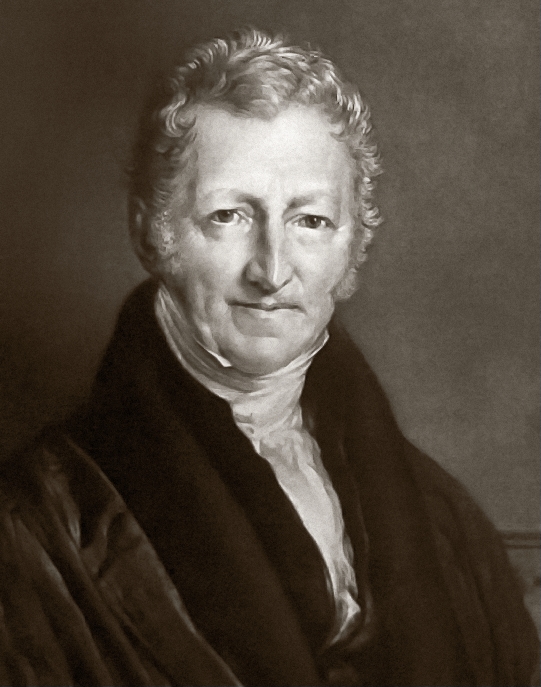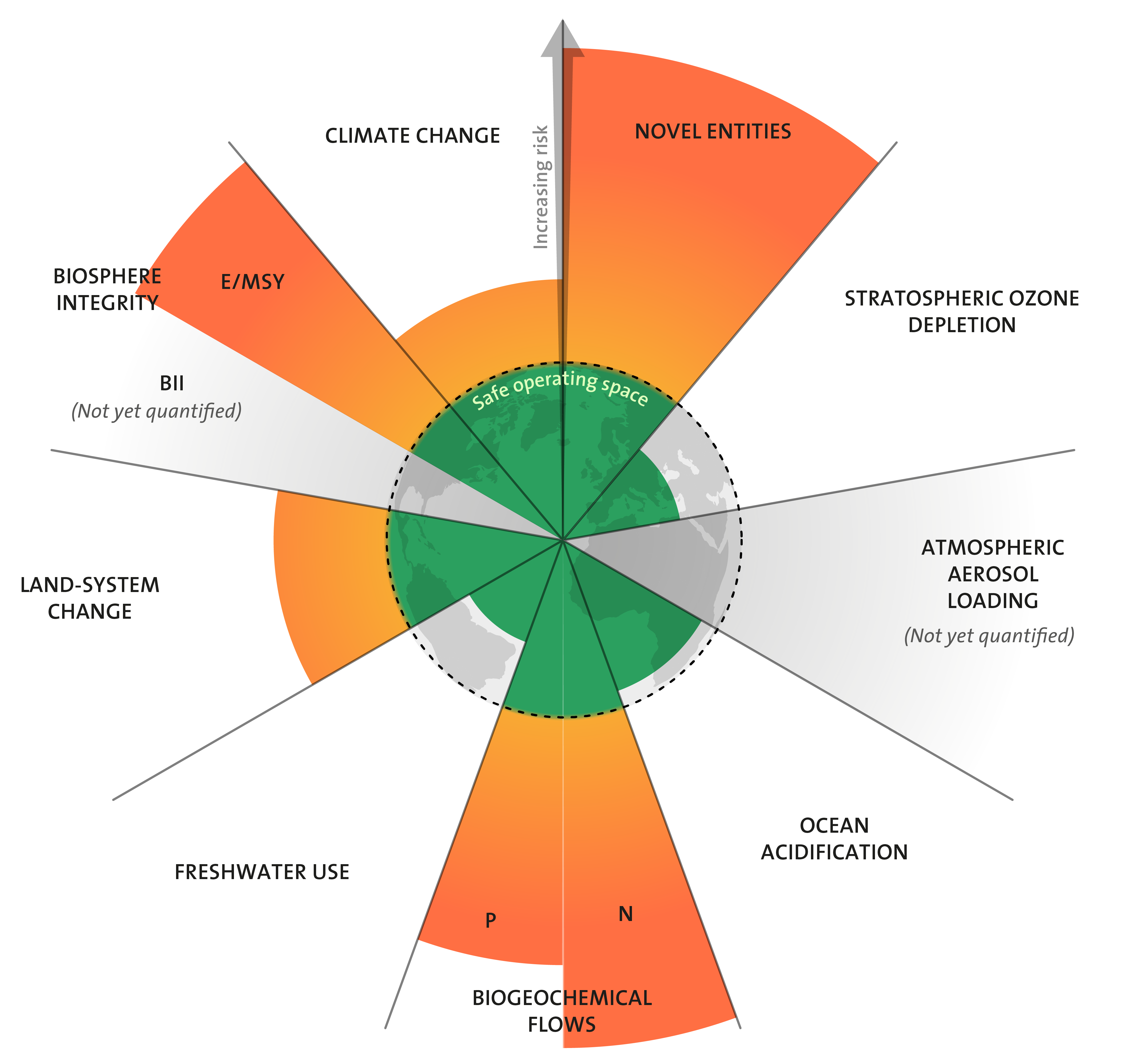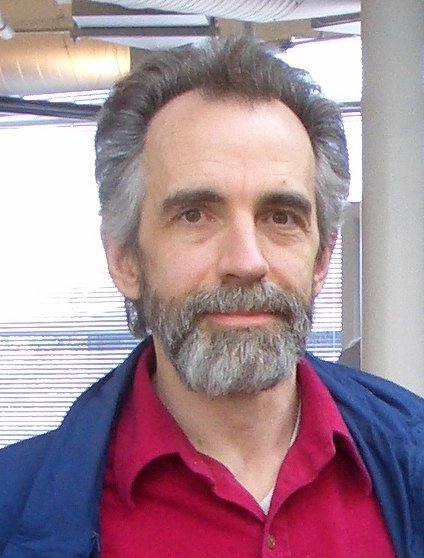|
Engines Of Creation
''Engines of Creation: The Coming Era of Nanotechnology'' is a 1986 molecular nanotechnology book written by K. Eric Drexler with a foreword by Marvin Minsky. An updated version was released in 2007. The book has been translated into Japanese, French, Spanish, Italian, Russian, and Chinese. Synopsis The book features nanotechnology, which Richard Feynman had discussed in his 1959 speech "There's Plenty of Room at the Bottom." Drexler imagines a world where the entire Library of Congress can fit on a chip the size of a sugar cube and where universal assemblers, tiny machines that can build objects atom by atom, will be used for everything from medicinal robots that help clear capillaries to environmental scrubbers that clear pollutants from the air. In the book, Drexler proposes the gray goo scenario—one prediction of what might happen if molecular nanotechnology were used to build uncontrollable self-replicating machines. Topics also include hypertext as developed by Pro ... [...More Info...] [...Related Items...] OR: [Wikipedia] [Google] [Baidu] |
Molecular Nanotechnology
Molecular nanotechnology (MNT) is a technology based on the ability to build structures to complex, atomic specifications by means of mechanosynthesis. This is distinct from nanoscale materials. Based on Richard Feynman's vision of miniature factories using nanomachines to build complex products ( including additional nanomachines), this advanced form of nanotechnology (or ''molecular manufacturing'') would make use of positionally-controlled mechanosynthesis guided by molecular machine systems. MNT would involve combining physical principles demonstrated by biophysics, chemistry, other nanotechnologies, and the molecular machinery of life with the systems engineering principles found in modern macroscale factories. Introduction While conventional chemistry uses inexact processes obtaining inexact results, and biology exploits inexact processes to obtain definitive results, molecular nanotechnology would employ original definitive processes to obtain definitive results. Th ... [...More Info...] [...Related Items...] OR: [Wikipedia] [Google] [Baidu] |
Malthusian Catastrophe
Malthusianism is the idea that population growth is potentially exponential while the growth of the food supply or other resources is linear, which eventually reduces living standards to the point of triggering a population die off. This event, called a Malthusian catastrophe (also known as a Malthusian trap, population trap, Malthusian check, Malthusian crisis, Malthusian spectre, or Malthusian crunch) occurs when population growth outpaces agricultural production, causing famine or war, resulting in poverty and depopulation. Such a catastrophe inevitably has the effect of forcing the population to "correct" back to a lower, more easily sustainable level (quite rapidly, due to the potential severity and unpredictable results of the mitigating factors involved, as compared to the relatively slow time scales and well-understood processes governing unchecked growth or growth affected by preventive checks). Malthusianism has been linked to a variety of political and social movements ... [...More Info...] [...Related Items...] OR: [Wikipedia] [Google] [Baidu] |
1986 In The Environment
This is a list of notable events relating to the environment in 1986. They relate to environmental law, conservation, environmentalism and environmental issues. Events *The International Geosphere-Biosphere Programme is launched. *The Quota Management System commences. It is a type of individual fishing quota that is used in New Zealand to manage fish stocks. * Northern river reversal, an ambitious project to divert the flow of the Northern rivers in the Soviet Union, was abandoned, primarily for environmental reasons. April *The Chernobyl disaster, a catastrophic nuclear accident, occurred at the Chernobyl Nuclear Power Plant in Ukraine. June *US President Ronald Reagan signed the Safe Drinking Water Act Amendments of 1986 November *The Sandoz chemical spill, a major environmental disaster caused by a fire and its subsequent control, occurred at the Sandoz agrochemical storehouse in Schweizerhalle, Basel-Landschaft, Switzerland, on November 1, 1986. It released toxic agrochemi ... [...More Info...] [...Related Items...] OR: [Wikipedia] [Google] [Baidu] |
1986 Non-fiction Books
The year 1986 was designated as the International Year of Peace by the United Nations. Events January * January 1 ** Aruba gains increased autonomy from the Netherlands by separating from the Netherlands Antilles. **Spain and Portugal enter the European Community, which becomes the European Union in 1993. *January 11 – The Gateway Bridge in Brisbane, Australia, at this time the world's longest prestressed concrete free-cantilever bridge, is opened. * January 13– 24 – South Yemen Civil War. * January 20 – The United Kingdom and France announce plans to construct the Channel Tunnel. *January 24 – The Voyager 2 space probe makes its first encounter with Uranus. * January 25 – Yoweri Museveni's National Resistance Army Rebel group takes over Uganda after leading a five-year guerrilla war in which up to half a million people are believed to have been killed. They will later use January 26 as the official date to avoid a coincidence of dates with Dictator Idi Amin's ... [...More Info...] [...Related Items...] OR: [Wikipedia] [Google] [Baidu] |
Planetary Boundaries
Planetary boundaries is a concept highlighting human-caused perturbations of Earth systems making them relevant in a way not accommodated by the environmental boundaries separating the three ages within the Holocene epoch. Crossing a planetary boundary comes at the risk of abrupt environmental change. The framework is based on scientific evidence that human actions, especially those of industrialized societies since the Industrial Revolution, have become the main driver of global environmental change. According to the framework, "transgressing one or more planetary boundaries may be deleterious or even catastrophic due to the risk of crossing thresholds that will trigger non-linear, abrupt environmental change within continental-scale to planetary-scale systems." The normative component of the framework is that human societies have been able to thrive under the comparatively stable climatic and ecological conditions of the Holocene. To the extent that these Earth system proces ... [...More Info...] [...Related Items...] OR: [Wikipedia] [Google] [Baidu] |
The Limits To Growth
''The Limits to Growth'' (''LTG'') is a 1972 report that discussed the possibility of exponential economic and population growth with finite supply of resources, studied by computer simulation. The study used the World3 computer model to simulate the consequence of interactions between the earth and human systems. The model was based on the work of Jay Forrester of MIT, as described in his book ''World Dynamics''. Commissioned by the Club of Rome, the findings of the study were first presented at international gatherings in Moscow and Rio de Janeiro in the summer of 1971. The report's authors are Donella H. Meadows, Dennis L. Meadows, Jørgen Randers, and William W. Behrens III, representing a team of 17 researchers. The report concludes that, without substantial changes in resource consumption, "the most probable result will be a rather sudden and uncontrollable decline in both population and industrial capacity". Although its methods and premises were heavily challenged on ... [...More Info...] [...Related Items...] OR: [Wikipedia] [Google] [Baidu] |
Drexler–Smalley Debate On Molecular Nanotechnology
The Drexler–Smalley debate on molecular nanotechnology was a public dispute between K. Eric Drexler, the originator of the conceptual basis of molecular nanotechnology, and Richard Smalley, a recipient of the 1996 Nobel prize in Chemistry for the discovery of the nanomaterial buckminsterfullerene. The dispute was about the feasibility of constructing molecular assemblers, which are molecular machines which could robotically assemble molecular materials and devices by manipulating individual atoms or molecules. The concept of molecular assemblers was central to Drexler's conception of molecular nanotechnology, but Smalley argued that fundamental physical principles would prevent them from ever being possible. The two also traded accusations that the other's conception of nanotechnology was harmful to public perception of the field and threatened continued public support for nanotechnology research. The debate was carried out from 2001 to 2003 through a series of published artic ... [...More Info...] [...Related Items...] OR: [Wikipedia] [Google] [Baidu] |
George M
''George M!'' is a Broadway musical based on the life of George M. Cohan, the biggest Broadway star of his day who was known as "The Man Who Owned Broadway." The book for the musical was written by Michael Stewart, John Pascal, and Francine Pascal. Music and lyrics were by George M. Cohan himself, with revisions for the musical by Cohan's daughter, Mary Cohan. The story covers the period from the late 1880s until 1937 and focuses on Cohan's life and show business career from his early days in vaudeville with his parents and sister to his later success as a Broadway singer, dancer, composer, lyricist, theatre director and producer. The show includes such Cohan hit songs as "Give My Regards To Broadway", "You're a Grand Old Flag", and "Yankee Doodle Dandy." Productions The musical opened on Broadway at the Palace Theatre on April 10, 1968 and closed on April 26, 1969 after 433 performances and 8 previews. The show was produced by David Black and directed and choreographed by ... [...More Info...] [...Related Items...] OR: [Wikipedia] [Google] [Baidu] |
Richard Smalley
Richard Errett Smalley (June 6, 1943 – October 28, 2005) was an American chemist who was the Gene and Norman Hackerman Professor of Chemistry, Physics, and Astronomy at Rice University. In 1996, along with Robert Curl, also a professor of chemistry at Rice, and Harold Kroto, a professor at the University of Sussex, he was awarded the Nobel Prize in Chemistry for the discovery of a new form of carbon, buckminsterfullerene, also known as buckyballs. He was an advocate of nanotechnology and its applications. Early life and education Smalley, the youngest of 4 siblings, was born in Akron, Ohio on June 6, 1943, to Frank Dudley Smalley, Jr., and Esther Virginia Rhoads. He grew up in Kansas City, Missouri. Richard Smalley credits his father, mother and aunt as formative influences in industry, science and chemistry. His father, Frank Dudley Smalley, Jr. worked with mechanical and electrical equipment and eventually became CEO of a trade journal for farm implements called ''Implem ... [...More Info...] [...Related Items...] OR: [Wikipedia] [Google] [Baidu] |
Nobel Laureate
The Nobel Prizes ( sv, Nobelpriset, no, Nobelprisen) are awarded annually by the Royal Swedish Academy of Sciences, the Swedish Academy, the Karolinska Institutet, and the Norwegian Nobel Committee to individuals and organizations who make outstanding contributions in the fields of chemistry, physics, literature, peace, and physiology or medicine. They were established by the 1895 will of Alfred Nobel, which dictates that the awards should be administered by the Nobel Foundation. The Nobel Memorial Prize in Economic Sciences was established in 1968 by the Sveriges Riksbank, the central bank of Sweden, for contributions to the field of economics. Each recipient, a Nobelist or ''laureate'', receives a gold medal, a diploma, and a sum of money which is decided annually by the Nobel Foundation. Prize Each prize is awarded by a separate committee; the Royal Swedish Academy of Sciences awards the Prizes in Physics, Chemistry, and Economics; the Karolinska Institute awards the Prize ... [...More Info...] [...Related Items...] OR: [Wikipedia] [Google] [Baidu] |
Nanosystems
ThTechnology Roadmap for Productive Nanosystemsdefines "productive nanosystems" as functional nanoscale systems that make atomically-specified structures and devices under programmatic control, i.e., they perform atomically precise manufacturing. Such devices are currently only hypothetical, and productive nanosystems represents a more advanced approach among several to perform Atomically Precise Manufacturing. A workshop on Integrated Nanosystems for Atomically Precise Manufacturing was held by the Dept. of Energy in 2015. Present-day technologies are limited in various ways. Large atomically precise structures (that is, virtually defect-free) do not exist. Complex 3D nanoscale structures exist in the form of folded linear molecules such as DNA origami and proteins. It is also possible to build very small atomically precise structures using scanning probe microscopy to construct molecules such as FeCO and Triangulene, or to perform hydrogen depassivation lithography. But ... [...More Info...] [...Related Items...] OR: [Wikipedia] [Google] [Baidu] |
Fermi Paradox
The Fermi paradox is the discrepancy between the lack of conclusive evidence of advanced extraterrestrial life and the apparently high a priori likelihood of its existence, and by extension of obtaining such evidence. As a 2015 article put it, "If life is so easy, someone from somewhere must have come calling by now." Italian-American physicist Enrico Fermi's name is associated with the paradox because of a casual conversation in the summer of 1950 with fellow physicists Edward Teller, Herbert York, and Emil Konopinski. While walking to lunch, the men discussed recent UFO reports and the possibility of faster-than-light travel. The conversation moved on to other topics, until during lunch Fermi blurted out, "But where is everybody?" (although the exact quote is uncertain). There have been many attempts to resolve the Fermi paradox, [...More Info...] [...Related Items...] OR: [Wikipedia] [Google] [Baidu] |


